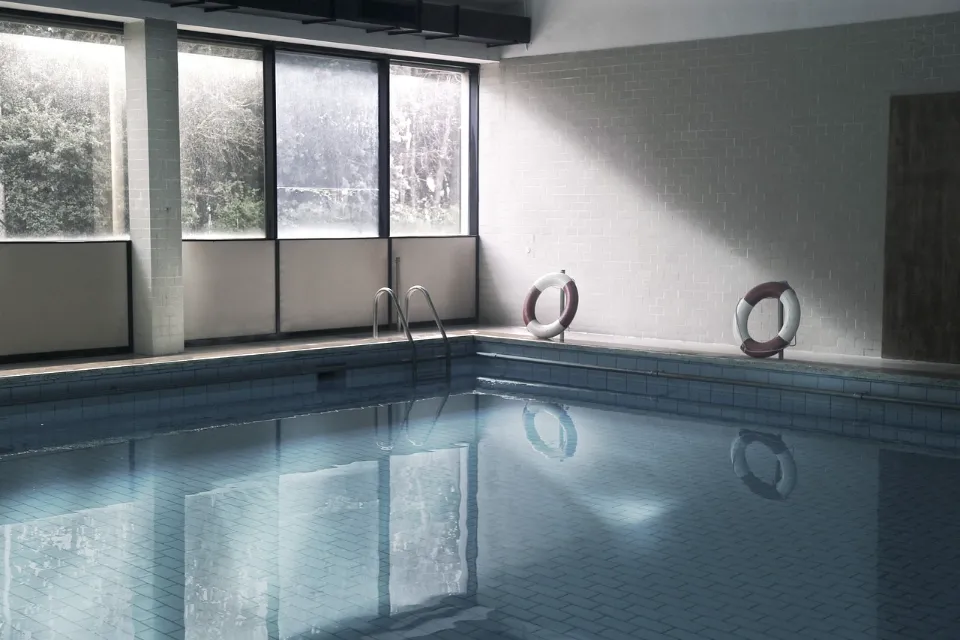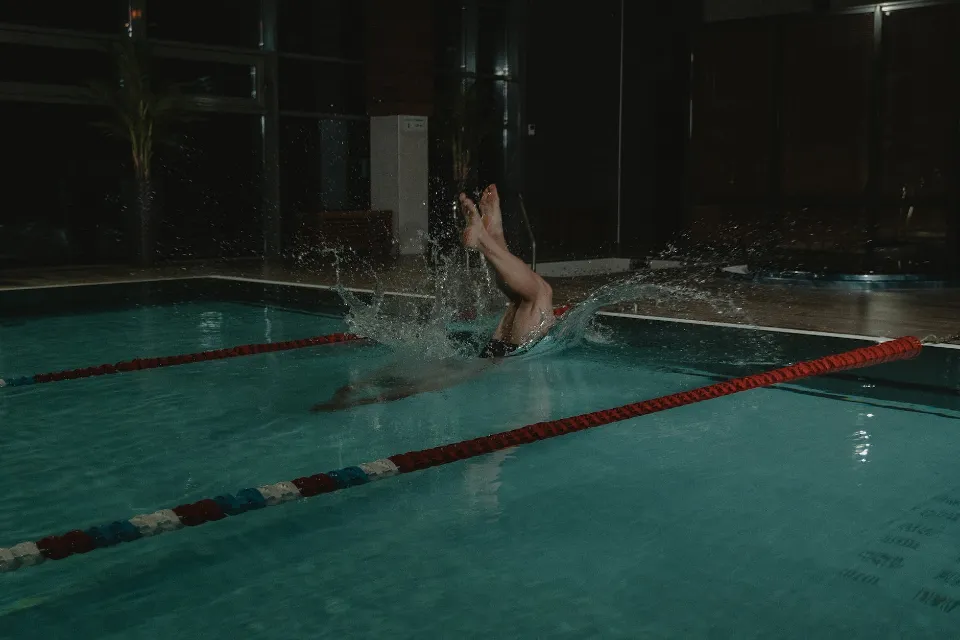How Long Does It Take to Fill a Pool – Find the Fastest Way
How long it takes to fill a pool cannot be answered in a single manner. Filling a 5,000-gallon pool can take almost no time at all if you have the water trucked in and poured into the pool all at once. But if you plan to fill the pool with a garden hose, it may take several hours. Depending on how many gallons per minute your hose can deliver, it will take longer to fill the pool.
A 5000-gallon pool can be filled in about 9 hours using a standard 1/2-inch garden hose. Add 0018 to the number of gallons your pool holds to calculate the amount of time required. The volume of water a standard hose can deliver per minute is approximately 9 gallons or 540 gallons in an hour.

Let’s get a little more specific now that you are aware of the time frame. How to calculate a more precise fill time for your own pool is explained in the remaining sections of this article. We will also talk about the exact cost and whether there are any other options available to fill it.
How Long Does It Take to Fill a Pool With a Garden Hose?
With a garden hose, filling your pool can take several hours. This depends on the amount of water your hose can deliver per minute.
Your hose’s size, or its diameter and length, as well as the water pressure it is subjected to, will also affect how much water it can deliver per minute.
There are no surprises here; using a larger hose will help you finish filling your pool faster.
Even with a few hoses running, it can take 12 to 24 hours to fill an average pool. A 5000-gallon swimming pool can be filled in about 9 hours using a standard 1/2-inch garden hose.
Water Pressure and How It Affects Filling Speed
Water pressure determines how quickly water is pumped into your pool. In contrast to low water pressure, high water pressure can result in a quicker water delivery time.
The volume and pressure of the water in your swimming pool will determine how long it takes to fill. It’s critical to understand how many gallons per hour your faucet produces and how much water your swimming pool can hold.
How to Determine the Water Pressure of Your Hose
The next easy method can be used to easily determine the water pressure in a hose.
Let us assume that you have a 5-gallon bucket. With the hose, you will use to fill your swimming pool, start filling your bucket with water. I advise using a stopwatch to time how long it will take the 5-gallon bucket to fill.
Here is a simple formula to determine your water pressure or gallons per hour (GPH):
A gallon of water can be filled in Y seconds, assuming this. So, in our example:
- Y = No. of seconds to fill up a 5-gallon Jug /5
- GPH = (60/Y) x 60
- Where 60/Y = gallons per minute
Using this formula, let’s say it took 50 seconds to fill up a 5-gallon jug, it will take 10 seconds to fill up a 1-gallon jug since 50/5 = 10.
The GPH is then (6 x 60) x (60/10) x 60, which equals 360. 360 gallons of water per hour will be delivered by the water hose.
If your swimming pool has a 20,000 gallon capacity, it will take 20,000/360 or 55.55 hours to fill it.
How to Determine the Volume of Water a Pool Holds
To determine the volume of water a pool holds, it is necessary to know your swimming pool dimensions. Here are some formulas to help you figure out your pool’s water volume capacity.
Use these formulas if your pool is circular or oval.
For a Circular Pool:
- Water volume capacity = pool diameter x pool diameter x average pool depth in feet x 5.9
For An Oval Pool:
- Water volume capacity is determined by multiplying the longest distance by the shortest distance by the average pool depth by 5.9.
Let us consider these examples:
- The water volume capacity of a pool with a 24 foot diameter and an average depth of 5 feet is 24 x 24 x 5 x 5.9 = 16,992 gallons.
- If your oval pool has an average depth of 5 feet, a maximum length of 30 feet, and a maximum length of 20 feet, then the water volume capacity of your oval pool is 30 x 20 x 5 x 5.9 = 17,700 gallons.
For a Rectangular Or Square Pool, Use the Following Formula:
- Water volume capacity = length x width x average depth x 7.5
This means that your pool’s water volume capacity is 20 x 10 x 5 x 7.5 = 7,500 gallons if it is 20 feet long, 10 feet wide, 6 feet deep, and 4 feet shallow.
How Much Does It Cost to Fill a Pool With Water?
Most households use 12,000 gallons of water per month on average. If your pool’s water volume capacity is between 15,000 to 30,000 gallons, you can expect your water bill to approximately double when you fill your pool with water from a hose.
Contact your local water company to find out how much water costs per gallon if you want a more precise estimate of the cost to fill your pool. It is impossible to provide an estimate for the cost of filling your pool because water costs vary by city and state. If you can determine the price per gallon in your area, then you simply multiply this amount by the water volume capacity of your pool in gallons, then you will be able to estimate the cost.
Is Water Delivery a Good Option?
9,000 gallons will typically cost about $375 when delivered locally but will vary based on your region.
Due to the quicker fill time and higher quality of the water, water delivery is a good option for filling pools. You don’t even have to do anything. And while they are filling up your pool, you can check for any potential problems like leaks and other issues. Because no one is looking, these details can be missed when filling with a hose. By the time problems are discovered, it will be too late.
How to Fill a Pool Without a Hose
Other methods besides using your garden hose can be used to fill your pool. You can use well water, use truck delivery services to have water delivered to you, or inquire with your local fire department to see if they offer this kind of service.
Which is the most advantageous for your pool, your time, and your budget? Let’s examine the variations among these water sources.
Well Water

Utilizing well water is one of the ways you can fill your pool. One benefit of using well water is that it is completely free, making it an appealing choice and by far the least expensive source of pool water. Other factors, though, must be taken into account.
- Using well water has a number of drawbacks, including poor water quality. There is an odor to well water. It smells of sulfur.
- Additionally, iron, copper, and hydrogen sulfide may be present in well water.
The water content should always be checked before use because of this. Even though well water is free, there is a chance that it contains high levels of contaminants that you will need to treat with pricey chemicals.
- Another thing with well water is the issue with the pump. Pumping water into a swimming pool can overwork your pump, especially if you have a big pool. It’ll put a lot of strain on your pump. The most crucial step if you plan to use well water is to decide how long you’ll let it run. If you don’t want to run your well dry, take into account how deep it goes.
If Unsure, Have It Tested
So, if you want to use well water, it is crucial to have your water quality tested and consider the longevity of your well’s pump.
Delivery is a Solid Option
Having water delivered to your pool is the easiest and quickest way to fill it. To help your pool fill up more quickly, these delivery services use a hose with a very large diameter.
Although transporting water is the most expensive, you are paying for convenience.
Final Thoughts
Personally, I have always just used my own hose to fill a pool. I find that it’s the most practical and affordable option, even though it can take a full day or longer and frequently triples my water bill for the month.
In the comments section below, please let me know the size of your pool, the type of hose you used, and how long it took to fill. Please let me know how it went and whether your calculations came out exactly as you had anticipated.
The information in this piece should be useful. Thanks for reading!
